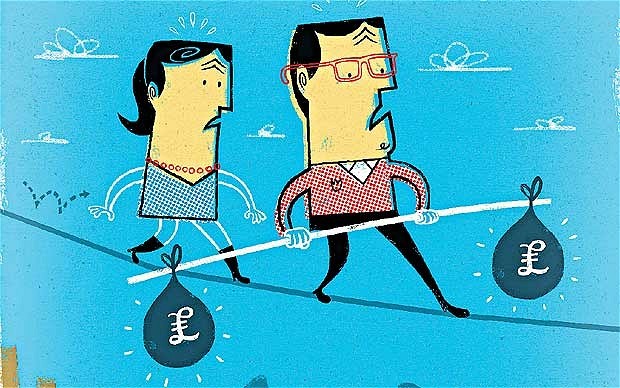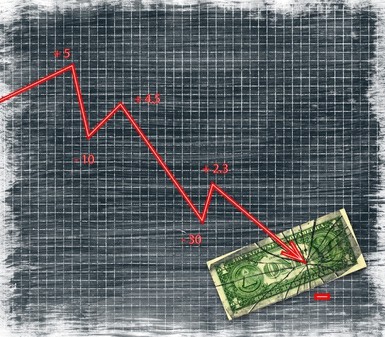What are the risks of investing in a bond
Post on: 9 Июль, 2015 No Comment

The most well-known risk in the bond market is interest rate risk — the risk that bond prices will fall as interest rates rise. By buying a bond, the bondholder has committed to receiving a fixed rate of return for a fixed period. Should the market interest rate rise from the date of the bond’s purchase, the bond’s price will fall accordingly. The bond will then be trading at a discount to reflect the lower return that an investor will make on the bond.
Market interest rates are a function of several factors such as the demand for, and supply of, money in the economy, the inflation rate. the stage that the business cycle is in as well as the government’s monetary and fiscal policies. However, interest rate risk is not the only risk of investing in bonds; fixed-income investments pose four additional types of risk for investors:
The risk that the proceeds from a bond will be reinvested at a lower rate than the bond originally provided. For example, imagine that an investor bought a $1,000 bond that had an annual coupon of 12%. Each year the investor receives $120 (12%*$1,000), which can be reinvested back into another bond. But imagine that over time the market rate falls to 1%. Suddenly, that $120 received from the bond can only be reinvested at 1%, instead of the 12% rate of the original bond.
Call Risk
The risk that a bond will be called by its issuer. Callable bonds have call provisions, which allow the bond issuer to purchase the bond back from the bondholders and retire the issue. This is usually done when interest rates have fallen substantially since the issue date. Call provisions allow the issuer to retire the old, high-rate bonds and sell low-rate bonds in a bid to lower debt costs.

The risk that the bond’s issuer will be unable to pay the contractual interest or principal on the bond in a timely manner, or at all. Credit ratings services such as Moody’s. Standard & Poor’s and Fitch give credit ratings to bond issues, which helps to give investors an idea of how likely it is that a payment default will occur. For example, most federal governments have very high credit ratings (AAA); they can raise taxes or print money to pay debts, making default unlikely. However, small, emerging companies have some of the worst credit (BB and lower). They are much more likely to default on their bond payments, in which case bondholders will likely lose all or most of their investment.
The risk that the rate of price increases in the economy deteriorates the returns associated with the bond. This has the greatest effect on fixed bonds. which have a set interest rate from inception. For example, if an investor purchases a 5% fixed bond and then inflation rises to 10% a year, the bondholder will lose money on the investment because the purchasing power of the proceeds has been greatly diminished. The interest rates of floating-rate bonds (floaters ) are adjusted periodically to match inflation rates, limiting investors’ exposure to inflation risk.
For further reading, see What Is A Corporate Credit Rating? . Call Features: Don’t Get Caught Off Guard and our Bond Basics Tutorial .














